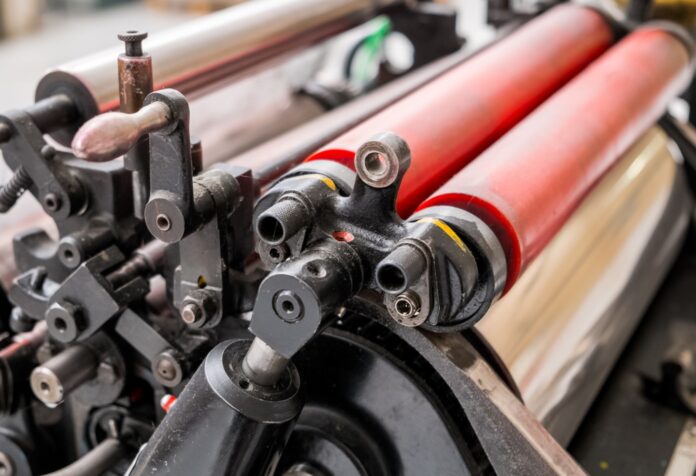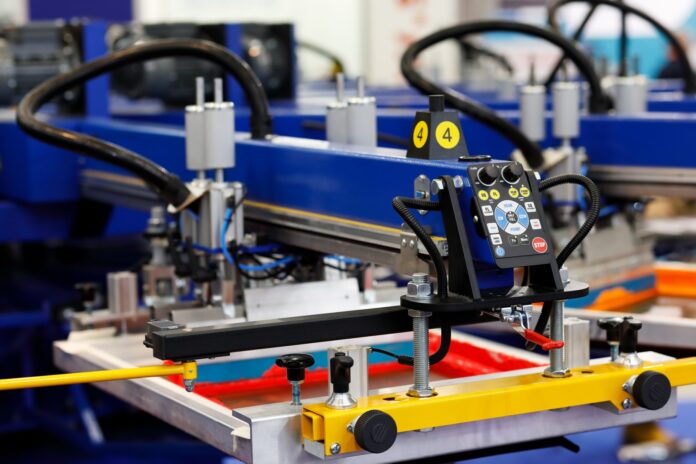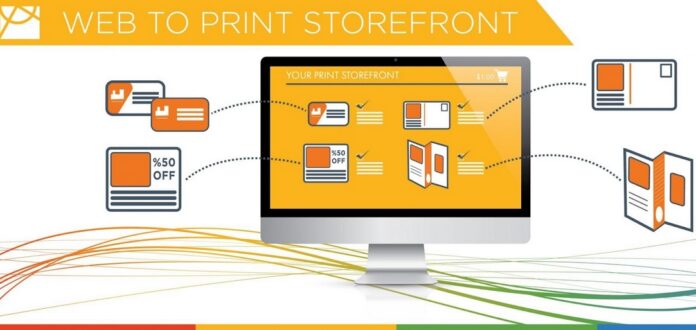Print businesses have played a significant role in the marketing industry for decades. From business cards and brochures to billboards and packaging, print materials have been a staple in the marketing strategies of countless businesses. However, with the advancement of technology, digital marketing and online communication have become increasingly popular, creating fierce competition in the market. As a result, print businesses must adapt and optimize their processes to stay competitive.
Optimizing a print business involves finding ways to improve efficiency, reduce costs, and offer unique and innovative products and services to stand out in a crowded market. By implementing the right technology, lean manufacturing processes, a wide range of services, excellent customer service, and effective marketing and advertising strategies, print businesses can thrive in today’s market. This blog will explore each of these areas in detail, providing tips and strategies to help print businesses stay competitive and successful.
1. Invest in the Right Technology
Investing in the right technology is essential for print businesses to stay competitive. With the advancement of web to print technology, customers expect faster turnaround times, higher quality prints, and more innovative designs. The right technology can help you meet these expectations and improve your bottom line.
One of the most important investments you can make is in a digital printing press. Digital presses offer faster printing times, better color accuracy, and more cost-effective short runs. Additionally, investing in a web-to-print system can streamline your ordering process, reduce errors, and improve efficiency.

2. Implement Lean Manufacturing Processes
Implementing lean manufacturing processes can help your print business reduce waste, increase efficiency, and improve overall productivity. Lean manufacturing is a methodology that aims to reduce waste and maximize value by continuously improving processes. By implementing this methodology, you can improve your workflow, reduce lead times, and increase customer satisfaction.
Some common lean manufacturing tools include value stream mapping, kaizen events, and 5S methodology. Value stream mapping helps identify areas of waste in your processes and provides a roadmap for improvement. Kaizen events are rapid improvement workshops that bring together cross-functional teams to solve specific problems. Finally, the 5S methodology focuses on workplace organization and standardization.
3. Offer a Wide Range of Services
Offering a wide range of services can help your print business stand out in a crowded market. While traditional print services like business cards and flyers are still in high demand, customers are also looking for more unique and innovative products. By expanding your product offerings, you can increase your revenue streams and attract new customers.
Some new products you can offer include large format printing, promotional products, and variable data printing. Large format printing is ideal for banners, signage, and wall murals. Promotional products like tote bags, t-shirts, and mugs are great for branding and marketing. Variable data printing is ideal for personalized direct mail campaigns and can increase response rates.

4. Focus on Customer Service
Customer service is a critical factor in the success of any business, and print businesses are no exception. With increased competition, it’s essential to provide excellent customer service to retain your customers and attract new ones.
Some ways to improve customer service include providing accurate quotes, offering fast turnaround times, and keeping customers informed throughout the process. Additionally, you can offer design services to help customers create eye-catching and effective marketing materials. Using a web to print storefront can help you improve your customer service tremendously.
5. Invest in Marketing and Advertising
Marketing and advertising are crucial to the success of any business, including print businesses. With the rise of digital marketing, it’s essential to have a strong online presence and a well-designed website. Additionally, you can invest in pay-per-click advertising, social media advertising, and email marketing to attract new customers.
Offline advertising is also important, especially for print businesses. Print advertising in local newspapers, magazines, and billboards can help you reach potential customers in your area. Attending trade shows and networking events can also help you establish new relationships and gain new business.

6. Monitor Key Metrics
Monitoring key metrics is crucial for print businesses to identify areas for improvement and make data-driven decisions. There are several key metrics that print businesses should track, including production time, waste, and customer satisfaction.
Production time measures the amount of time it takes to complete a job, from the initial request to the final delivery. Print businesses should track this metric to identify bottlenecks in the production process and find ways to streamline workflows. By reducing production time, print businesses can increase efficiency, reduce costs, and improve customer satisfaction.
Waste is another key metric that print businesses should track. Waste includes materials, time, and energy that are lost during the production process. By tracking waste, print businesses can identify inefficiencies and find ways to reduce waste, which can lead to cost savings and a more sustainable operation.
Customer satisfaction is another critical metric that print businesses should monitor. Customer satisfaction measures how well the business meets customer needs and expectations. Print businesses can track customer satisfaction by sending surveys or soliciting feedback from customers after a job is completed. By monitoring customer satisfaction, print businesses can identify areas where they can improve their services, build stronger relationships with customers, and improve their reputation in the market.
7. Continuously Improve Processes
To stay ahead of the competition and meet the evolving needs of customers, print businesses must continuously improve their processes. This involves evaluating and optimizing workflows, investing in new technologies, and staying up to date on industry trends and best practices.
Evaluating and optimizing workflows involves analyzing each step in the production process and finding ways to make it more efficient. This could involve reducing the number of steps in the process, eliminating redundancies, and automating repetitive tasks.
Investing in new technologies is also crucial for print businesses to stay competitive. By adopting the latest technologies, print businesses can improve their efficiency, quality, and range of services. For example, investing in digital printing technology can provide faster turnaround times and greater flexibility for customization.
Finally, staying up to date on industry trends and best practices is essential for print businesses to remain competitive. This involves attending trade shows, networking with industry peers, and investing in professional development for employees. By staying current with industry trends and best practices, print businesses can anticipate changes in the market, adapt quickly, and continue to meet the evolving needs of customers.
Conclusion
In today’s rapidly evolving market, print businesses face a lot of competition. To stay relevant, it is crucial for print businesses to continuously optimize their processes. In this blog, we have discussed five essential strategies that print businesses can implement to remain competitive and successful.
Investing in the right technology can help print businesses produce better quality prints, reduce costs, and increase efficiency. Adopting lean manufacturing processes can reduce waste and improve productivity, resulting in faster turnaround times and higher customer satisfaction.
Offering a wide range of services can attract new customers and provide additional revenue streams. Focusing on customer service can build trust and loyalty with customers, leading to repeat business and referrals. Finally, investing in marketing and advertising can help print businesses stay top of mind with their customers and attract new ones.
By implementing these strategies, print businesses can optimize their operations and stand out in a crowded market. However, it’s crucial to continually evaluate and improve processes to meet the evolving needs of customers and stay ahead of the competition. With the right approach, your print business can thrive in today’s market and continue to be an integral part of the marketing industry for years to come.









